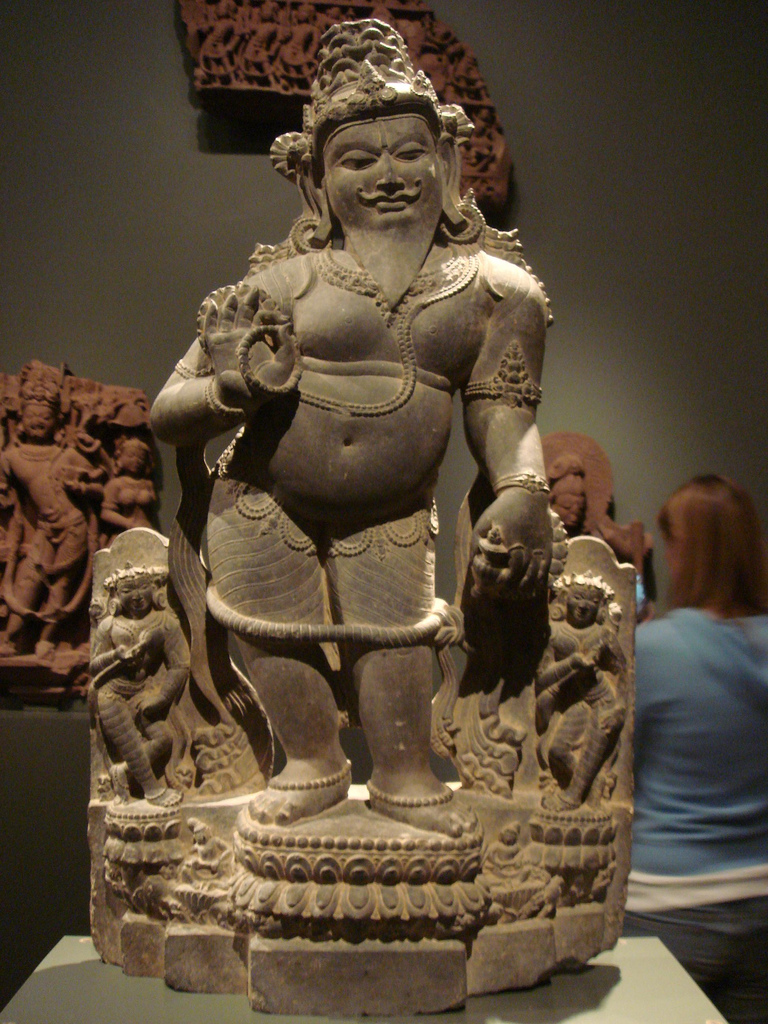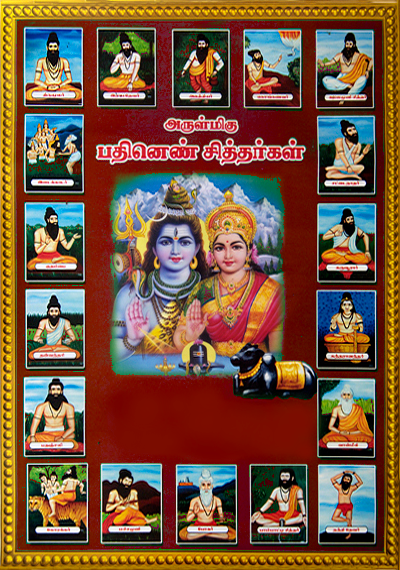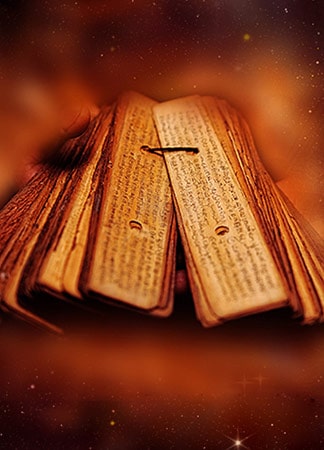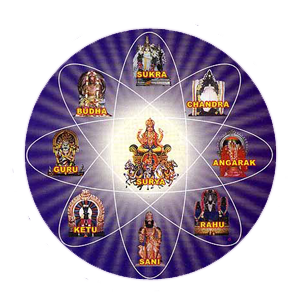40 history of nadi astrology
en.wikipedia.org › wiki › Astrological_signAstrological sign - Wikipedia In Indian astrology, there are five elements: fire, earth, air, water, and ether. The master of fire is Mars, while Mercury is of earth, Saturn of air, Venus of water, and Jupiter of ether. Jyotish astrology recognises twelve zodiac signs (Rāśi), that correspond to those in Western astrology. The relation of the signs to the elements is the ... en.wikipedia.org › wiki › Chinese_astrologyChinese astrology - Wikipedia History and background. Chinese astrology was elaborated during the Zhou dynasty (1046–256 BC) and flourished during the Han dynasty (2nd century BC to 2nd century AD). ). During the Han period, the familiar elements of traditional Chinese culture—the yin-yang philosophy, the theory of the five elements, the concepts of heaven and earth, and Confucian morality—were brought together to ...
en.wikipedia.org › wiki › Hellenistic_astrologyHellenistic astrology - Wikipedia Hellenistic astrology is a tradition of horoscopic astrology that was developed and practiced in the late Hellenistic period in and around the Mediterranean Basin region, especially in Egypt. The texts and technical terminology of this tradition of astrology were largely written in Greek (or sometimes Latin ).

History of nadi astrology
en.wikipedia.org › wiki › History_of_astrologyHistory of astrology - Wikipedia Babylonian astrology is the earliest recorded organized system of astrology, arising in the 2nd millennium BC. There is speculation that astrology of some form appeared in the Sumerian period in the 3rd millennium BC, but the isolated references to ancient celestial omens dated to this period are not considered sufficient evidence to demonstrate an integrated theory of astrology. en.wikipedia.org › wiki › BudhaBudha - Wikipedia Budha (Sanskrit: बुध) is a Sanskrit word that connotes the planet Mercury. Budha, in Hindu legends, is also a deity. . He is also known as Soumya (Sanskrit: सौम्य, lit. son of Moon), Rauhineya and Tunga and is the Nakshatra lord of Ashlesha, Jyeshtha and Revati. Planet. Budha as a planet appears in various Hindu astronomical texts in Sanskrit, such as the 5th century ... en.wikipedia.org › wiki › Vaitheeswaran_KoilVaitheeswaran Koil - Wikipedia Nadi astrology Nadi astrology ('நாடி ஜோதிடம்' in Tamil ), ( nāḍi jyotiṣa ) is a form of Hindu astrology practiced around the temple. It is based on the belief that the past, present and the future lives of all humans were foreseen by Hindu sages in ancient time. [18]
History of nadi astrology. Vaitheeswaran Koil - Wikipedia History. The shrine of Vinayagar near the temple tank. The temple received contributions from various rulers of the region like Vikrama Chola, ... Nadi astrology. Nadi astrology ('நாடி ஜோதிடம்' in Tamil), (nāḍi jyotiṣa) is a form of Hindu astrology practiced around the temple. It is based on the belief that the past, present and the future lives of all humans were ... en.wikipedia.org › wiki › RahuRahu - Wikipedia As per Hindu astrology, Rahu and Ketu have an orbital cycle of 18 years and are always 180 degrees from each other orbitally (as well as in the birth charts). This coincides with the precessional orbit of the moon or the ~18 year rotational cycle of the lunar ascending and descending nodes on the earth's ecliptic plane. en.wikipedia.org › wiki › Vaitheeswaran_KoilVaitheeswaran Koil - Wikipedia Nadi astrology Nadi astrology ('நாடி ஜோதிடம்' in Tamil ), ( nāḍi jyotiṣa ) is a form of Hindu astrology practiced around the temple. It is based on the belief that the past, present and the future lives of all humans were foreseen by Hindu sages in ancient time. [18] en.wikipedia.org › wiki › BudhaBudha - Wikipedia Budha (Sanskrit: बुध) is a Sanskrit word that connotes the planet Mercury. Budha, in Hindu legends, is also a deity. . He is also known as Soumya (Sanskrit: सौम्य, lit. son of Moon), Rauhineya and Tunga and is the Nakshatra lord of Ashlesha, Jyeshtha and Revati. Planet. Budha as a planet appears in various Hindu astronomical texts in Sanskrit, such as the 5th century ...
en.wikipedia.org › wiki › History_of_astrologyHistory of astrology - Wikipedia Babylonian astrology is the earliest recorded organized system of astrology, arising in the 2nd millennium BC. There is speculation that astrology of some form appeared in the Sumerian period in the 3rd millennium BC, but the isolated references to ancient celestial omens dated to this period are not considered sufficient evidence to demonstrate an integrated theory of astrology.




































0 Response to "40 history of nadi astrology"
Post a Comment